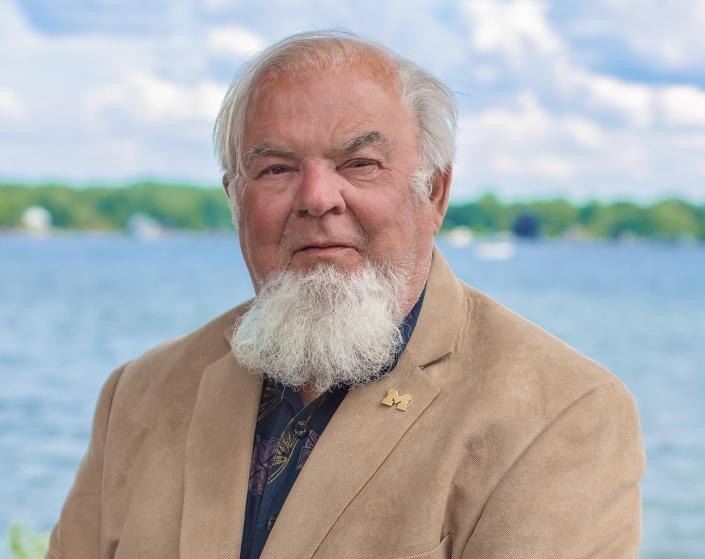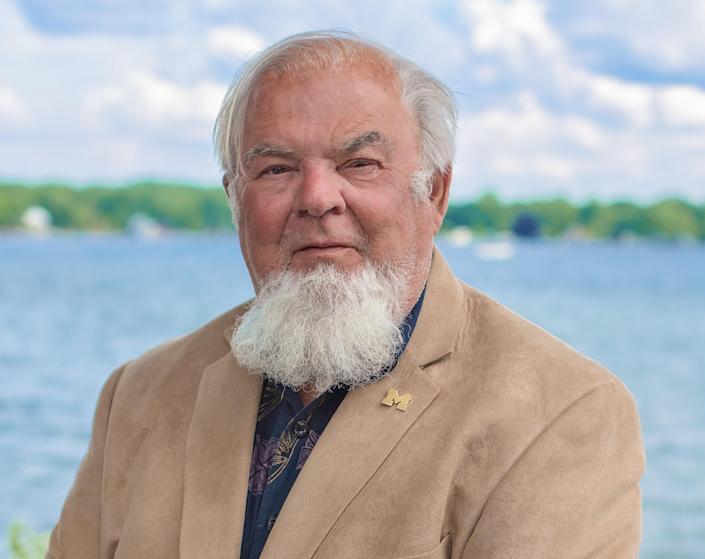
As President Franklin D. Roosevelt was dealing with the failures of the League of Nations during World War II, he already had in mind a comprehensive world organization to follow the war. He named Leo Pasvolsky to work behind the scenes to develop what would be known as the United Nations.
Roosevelt was aware of power realities; he wanted the United States to be “’the great bastion’ of an armed security system ‘while the forge of war was still hot enough to fuse the nations together’.” (Anne O’Hare McCormick, cited in Stephen C. Schlesinger, “Act of Creation,” 2003, 72). He said he would go to the San Francisco Conference on the United Nations and appear on stage in his wheelchair to give a speech, and to consider resigning from the presidency when the war was over to become the first Secretary-General of the United Nations. (Schlesinger, Ibid). Just 13 days before the conference, Roosevelt died.
Roosevelt wanted the United Nations to be an organization with vertical authority under its Security Council. He spoke of the “four policemen” of the world: the United States, Britain, Soviet Union and China. He stated: “There can be no middle ground here. We shall have to take responsibility for world collaboration here, or we shall have to bear the responsibility for another world conflict.” (Ibid, 64). France was added which then made up the five permanent members of the Security Council with the veto. Unlike the League, these five were the only nations with the veto, thus, a hierarchy, and an invasion of sovereignty.
Vertical authority is found in Chapter VII of the Charter, especially in Articles 39, 40, 41, and 42. Article 39 gives the Security Council the power and obligation to make a finding on what happened and to decide on a course of action. For example, when Iraq attacked Kuwait on Aug. 2, 1990, the Security Council passed Resolution 660 on the same day condemning the attack (i.e., not buying any of Iraq’s justifications), demanding Iraq withdraw, and called upon them to negotiate, acting under Articles 39 and 40 (the “call upon” article).
Article 41 is the power to decide on measures not involving the use of force, such as interruption of economic or communication relations. In the Iraq case, the Security Council passed resolution 661, which decided that all states shall prevent importation into their territories of products from Iraq or Kuwait.
Article 42 is the use of force provision, where the Security Council can itself use force if it has forces organized under Articles 43-47 (which have not been developed), ”peace-keeping forces,” or it can authorize nations to use force. For example, in the Iraq case, on Nov. 29, 1990, the Security Council passed resolution 678 under its power in Article 42 to authorize “… member states cooperating with the Government of Kuwait … to use all necessary means to uphold and implement Security Council Resolution 660 and all subsequent relevant resolutions and to restore international peace and security to the area.” The vote was 12-2, Cuba and Yemen opposed, China abstained (an abstention is not a veto).
Regarding vertical authority, a supremacy clause is found in Article 48(1): “The action required to carry out the decisions of the Security Council for the maintenance of international peace and security shall be taken by all Members of the United Nations or by some of them, as the Security Council may determine.” Article 25 states: “The Members of the United Nations agree to accept and carry out the decisions of the Security Council in accordance with the present Charter.”
Because of the veto in the five permanent members, consent is required among them for any enforcement action. And the Security Council cannot be used against them when they veto. What about the present case of a permanent member, Russia, attacking Ukraine? The answer is Article 51 individual and collective self-defense, a codification of the natural-law right of self-defense, a risk when used, as today, vis-à-vis a nuclear power. We have the constitutional architecture in the Charter; now, we need the statesmanship and political will.
James W. Pfister, J.D. University of Toledo, Ph.D. University of Michigan (political science), retired after 46 years in the Political Science Department at Eastern Michigan University. He lives at Devils Lake and can be reached at jpfister@emich.edu.
This article originally appeared on The Daily Telegram: James Pfister: A United Nations with authority: FDR’s vision




